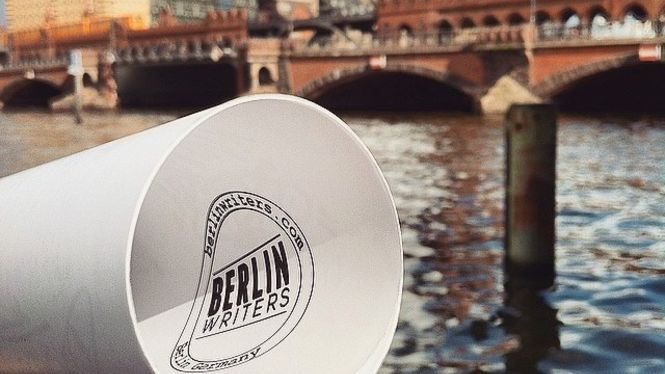TryOne stellt seine Cannon vor, Infotext und Video nach dem Jump

“There is no wall, whatever its thickness that artillery will not destroy in only a few days.”
Niccolò Machiavelli
“The art of war” 1520
We can, with saltpeter and other substances, compose artificially a fire that can be launched over long distances … By only using a very small quantity of this material much light can be created accompanied by a horrible fracas. It is possible with it to destroy a town or an army … In order to produce this artificial lightning and thunder it is necessary to take saltpeter, sulfur, and Luru Vopo Vir Can Utriet.
Roger Bacon’s
“Opus Maior” 1248
A cannon is any piece of artillery that uses gunpowder or other usually explosive-based propellants to launch a projectile.
Cannon vary in caliber, range, mobility, rate of fire, angle of fire, and firepower; different forms of cannon combine and balance these attributes in varying degrees, depending on their intended use on the battlefield.
Cannon is derived from the Old Italian word cannone, meaning large tube, which came from Latin canna, in turn originating from the kannē—Greek for cane, or reed, and then generalized to mean any hollow tube-like object; ultimately deriving from the Akkadian term qanu, meaning tube or reed.
Gun specifically refers to a type of cannon that fires projectiles at high speeds, and usually at relatively low angles; they have been used in warships extensively, and as field artillery, as well.



































